Linear slides are precision-controlled devices that provide pushing, pulling or positioning action along linear planes. They carry out linear motion, which is why they are named linear slides. Read More…
Del-Tron is a linear slide manufacturer/distributor of ball bearing slides, crossed roller tables, roller slides, multi-axis positioning stages, xy tables, motor-ready lead screw stages & crossed roller rail sets.
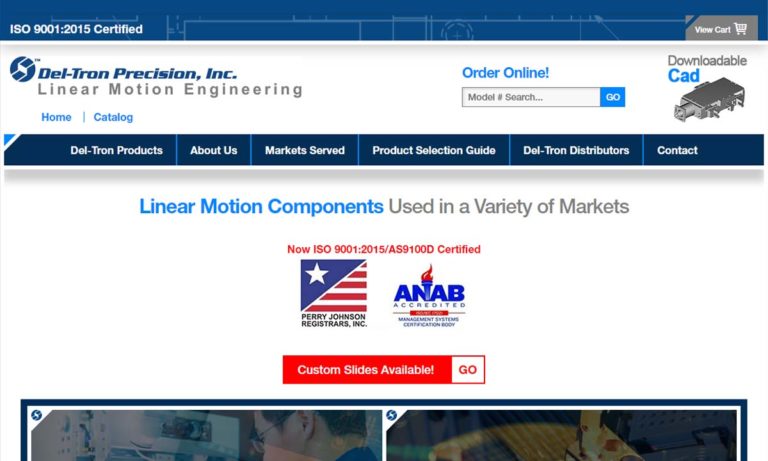
When describing Tusk Direct, a linear slide distributor, products such as linear motion components, roller tables, ball & crossed roller slides, dovetail slides, bushings, multi-axis positioners & motor ready lead screw actuators, come to mind.
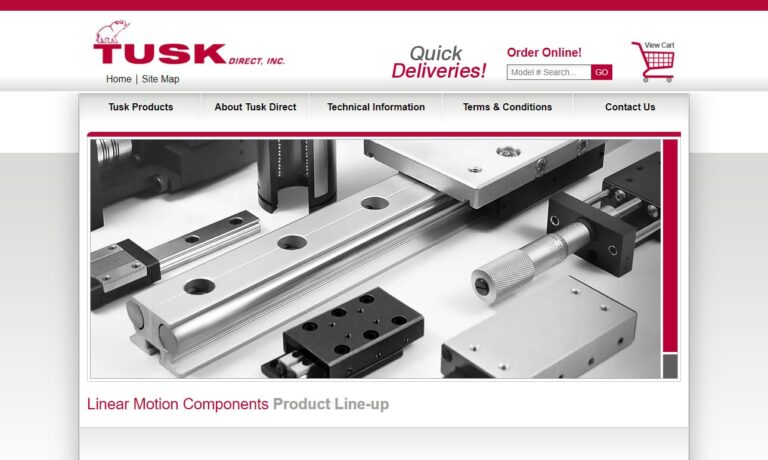
Isotech is a distributor of precision linear motion components: air cylinders, linear actuators, linear slides, ball slide assemblies, crossed roller slide assemblies, re-circulating ball slide guides. We can supply standard or high precision products in either English or metric, all with the convenience of on-line ordering. Our parts are ready for installation right out of the box.
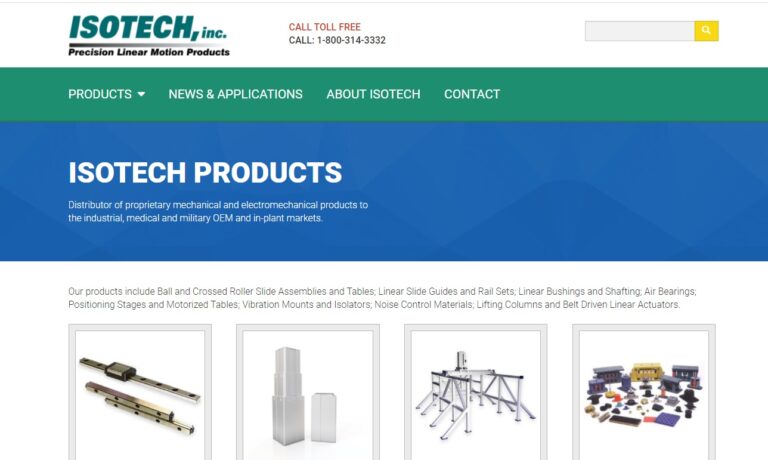
Established in 1967, Velmex makes manual & motor driven dovetail slides, open frame tables, twin rail slides, rotary and XY stages. Choose hand, lead screw or belt drive.
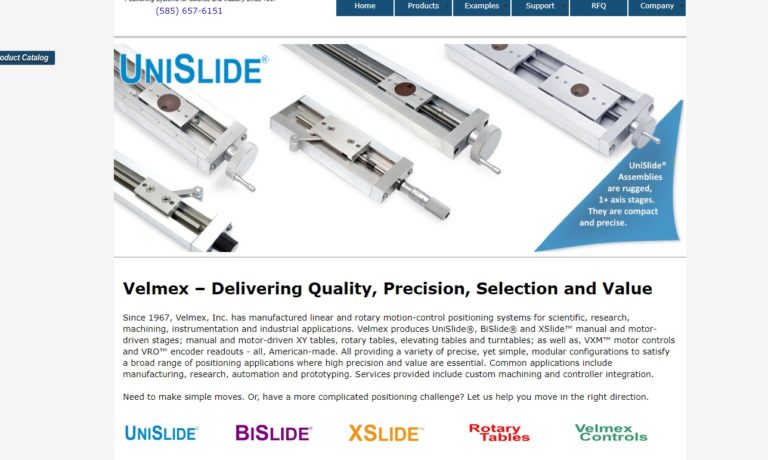
More Linear Slide Manufacturers
Applications
Linear slides, also referred to as linear motion bearings, are crafted to facilitate unrestricted motion and precise control in machinery. They offer accurate guidance and support mechanisms, ensuring seamless and exact movement.
Their automated and precision-controlled design makes linear slides highly suitable for a wide range of applications, from small-scale operations to large industrial needs. These include environments such as clean rooms, tasks like robotic welding and assembly, applications in instrumentation, precision assembly of optical components, automated packaging solutions, CNC machining operations, and beyond.
Linear slides are crucially utilized in several industries, including aerospace, chemical processing, commercial food production, healthcare, medicine, semiconductor manufacturing, and textile and printing.
The History of Linear Slides
Humans have employed linear slides for an unexpectedly long period, dating back to at least 40 B.C. Archaeologists have confirmed this timeframe through the discovery of a Roman shipwreck containing wooden rolling bearings. However, it wouldn’t be surprising if their use predates this discovery. Evidence from Egyptian hieroglyphs and tomb drawings suggests early use of linear slides. These depictions illustrate slides crafted from tree trunks under sleds, bearings lubricated with liquids, and plain bearing-like runners used with hand drills.
During the Renaissance, Leonardo da Vinci included ball bearings in his designs for a helicopter. Shortly after, Agostino Ramelli, an Italian engineer, documented early sketches of roller and thrust bearings. In the 1600s, Galileo enhanced Ramelli’s ideas by suggesting the use of caged rollers or balls within protective enclosures to minimize friction. However, it wasn’t until the 1700s that John Harrison implemented Galileo’s concepts in his H3 marine timekeeper, utilizing caged roller slides effectively.
During the Industrial Revolution, Philip Vaughan secured the first patent for a ball bearing design in 1794, which included a ball moving along a groove within an axle assembly. This breakthrough was followed by the invention of the radial style ball slide in 1869 and the tapered roller bearing in 1898. In 1883, engineers developed a more efficient method for grinding and milling uniform bearing balls. These advancements throughout the 19th century facilitated the production of more precise timepieces and watches, optimized water flow in mills, and enhanced the operation of wheel and axle assemblies, ensuring smoother performance.
The 20th century commenced with Sven Wingquist’s creation of the self-aligning linear ball bearing in 1907. Building upon this innovation, Erich Franke introduced the wire race bearing in 1934. In 1972, Bud Wisecarver innovated further with the invention and patenting of v-groove bearing guide wheels. Advancing into the early 1980s, Robert Schroeder, an employee of Pacific Bearings, pioneered bi-material plain bearings. These bearings feature a metal shell bonded with a layer of Teflon-based material via a thin adhesive layer, marking a significant advancement in bearing slide technology.
In the 21st century, the slide guide sector has been significantly influenced by robotic automation and advanced technologies, from precision dental drills and optical alignment systems to the Mars Rover.
Design
Production Process
Linear slide production relies on a series of essential processes: extrusion, shape rolling, shape drawing, and forging. These processes are integral in crafting components such as a stationary base, a carriage, and a linear rail fitted with bearings. Depending on specifications, rails may feature either a flat or rounded, polished surface.
Following the fabrication of these components, manufacturers assemble the slide by attaching the carriage to the stationary base along the linear rail. This configuration enables smooth sliding motion along the bearings, spanning the length of the base. For slides requiring motorization, manufacturers proceed by integrating the motor into the assembly.
Materials
Linear systems, in all their variations, primarily rely on three key metals for their composition: cast iron, aluminum, and stainless steel. Each of these metals contributes unique strengths and protective qualities to the roles they fulfill within the system.
Cast iron stands out as the predominant choice for constructing linear systems due to its exceptional strength and durability. Its robust nature makes it highly resistant to wear and tear, making cast iron particularly advantageous for heavy-load applications that endure significant stress. Aluminum is favored for its ability to maintain structural integrity and shape even under stress, offering reliability in diverse applications. Meanwhile, stainless steel emerges as the preferred material for linear slide systems operating in corrosive and humid environments, ensuring longevity and performance in challenging conditions.
Design and Customization Considerations
Prior to constructing a linear slide, manufacturers consider various application factors: the environment where it will operate, expected frequency of use, speed requirements, types of products it will handle, and the load it will bear. These factors guide decisions on materials, configuration, and design details such as the inclusion of bearing housings (covers, shields, slide blocks, etc.) and whether the slide will be powered by a motor or inertia. Manufacturers offer customization options for linear slides, typically involving adjustments in rail width (measured in mm), base length (measured in mm), shaft style, flange type, friction characteristics, compliance with standards, load capacity, resistance elements, and saddle length (measured in mm).
Features
Linear slides are usually straightforward in design. They consist of a fixed rail base with bearings, onto which a carriage, moving platform, or other component is mounted. This setup allows for precise and dependable motion with minimal energy consumption and low friction. Manufacturers often incorporate shields or covers to safeguard the sensitive bearing systems from external elements such as dust and debris.
They often operate without motors, relying instead on inertia. Higher inertia requires greater torque, the rotational force necessary for movement. Alternatively, some slides utilize linear motors, incorporating drive mechanisms powered by AC or DC electricity, and occasionally by fuel. Despite motors enhancing power and speed, precision in movement control remains paramount for linear slides, making power secondary in importance.
Types
Linear slides come in two main categories: motorless and motorized slides.
Motorless slides are adept at moving substantial weights with minimal torque, making them suitable for various applications. This category encompasses ball bearing slides, drawer slides, roller slides, and telescopic slides.
Motorized slides glide smoothly at precisely programmed speeds, providing enhanced motion control. They encompass a variety of mechanisms such as XY tables, roller tables, machine slides, most lead screws, and certain dovetail slides.
Ball Bearing Slide
Ball bearing slides, also known as “ball slides,” feature self-lubrication, enhancing reliability and ensuring smooth, linear motion. These slides, the most widely utilized in linear motion, typically incorporate four precision-ground shafts that surround the balls at distinct points.
Drawer Slide
Drawer slides, named for their function, facilitate smoother opening and closing of drawers.
Roller Slide
Roller slides live up to their name by utilizing perpendicular rollers, enabling them to handle heavier loads compared to ball slides. Their design, which provides a line of contact instead of the point contact typical of ball bearings, results in lower stress absorption from weight.
Telescopic Slide
The final type of motor-less linear slide discussed is the telescopic slide. Telescopic slides consist of concentric parts that slide within one another, allowing for both contraction and expansion.
XY Table
Motorized XY tables typically feature bearing-based linear motion systems, commonly driven by a linear motor for power.
Machine Slide
Machine slides enhance CNC machining precision by facilitating precise movement. Positioned ahead of the attached carriage, these linear actuators effectively clean the rails to eliminate contaminants. This cleaning process ensures smoother carriage movement during operations.
Lead Screw
Lead screws are akin to ball screws but distinct in their approach to reducing friction between the nut and screw. Instead of ball bearings, lead screws utilize deep helical threads along with a compatible nut. They are self-locking, obviating the need for additional braking systems, and are commonly employed in vertical applications.
Dovetail Slide
Dovetail slides, featuring a stationary base and either a saddle or flaring tendon, are employed in heavy-duty applications needing damping and/or extended travel distances.
Advantages of Linear Slides
Linear slides provide numerous advantages to users, delivering initial cost savings and long-term benefits in time, energy, and finances. Firstly, they are highly energy-efficient, particularly in motorless models. Secondly, their minimal friction ensures quieter, smoother operation and enhances durability. Despite this low friction, they can effortlessly handle substantial weights, requiring minimal torque. Lastly, due to their simple design with few moving components, linear slides demand less maintenance compared to other systems.
Accessories
Numerous accessories can enhance your linear guideway system, tailored to your specific application needs. Popular choices include wipers, seals, lubricants, slide guide mounting hole caps, clamps, block stopper plates, roller tables, height-adjusting blocks, mounts, linear locks, and stopper bolts.
Proper Care for Linear Slides
Linear systems encounter diverse challenges based on their applications. For instance, prolonged exposure to moisture leads to corrosion, which, if neglected, can inevitably lead to complete system failure. Despite being low-maintenance devices, certain components of linear systems deteriorate more quickly than others.
To maintain optimal performance and longevity of your machine, it’s essential to regularly replace bearings, as they are prone to wear and tear. Additionally, ensure the environment housing your linear systems is well-maintained. Protect linear bearings from debris and dust using a non-interfering barrier like a cover or shield attached to the system. This safeguards against contaminants while allowing seamless operation of the mechanism.
One example of a shield is the machine wiper, positioned ahead of a machine slide’s attached carriage, designed to clean or brush its rails as the carriage moves over it. It’s important to note that shields of this nature, while effectively removing dirt particles, can potentially raise friction levels on certain slides like the dovetail slide. In such instances, users should apply additional lubrication to maintain optimal performance. Proper care ensures that your linear slides remain reliable investments over time.
Finding the Right Manufacturer
Navigating the myriad of linear slide manufacturers and suppliers can be daunting. Distinguishing between top-tier, mediocre, and unreliable options requires careful consideration. To simplify this process, we’ve curated a thorough list of reputable manufacturers known for their trustworthiness and reliability. This list, complete with detailed profiles, ensures that you can confidently select a high-quality manufacturer suited to your specific needs.
Once you’ve cleared that hurdle, how do you determine which manufacturer is the right fit for you? We suggest starting by compiling a detailed list of your specifications. Ensure to cover essential criteria such as industry standards, specific applications or geographical considerations, your preferred timeline, budget constraints, and delivery requirements. Once your list is complete, begin evaluating manufacturers. Review their profiles, service offerings, and product descriptions, and select three or four that appear capable of meeting your needs. Contact each company individually, discuss your specifications in depth, and take note of both their standard offerings and customization capabilities. After these conversations, compare and contrast your findings to identify the company that instills the most confidence in meeting your requirements.

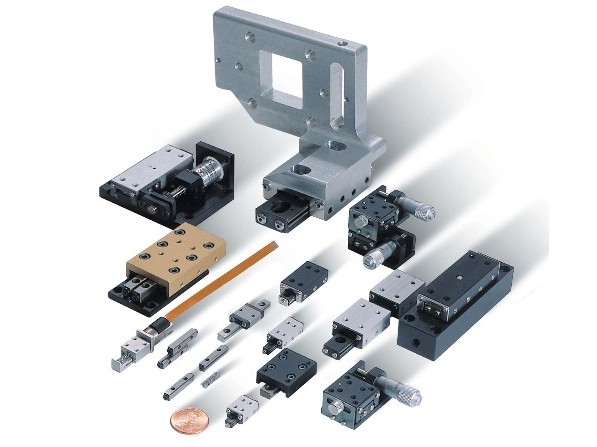
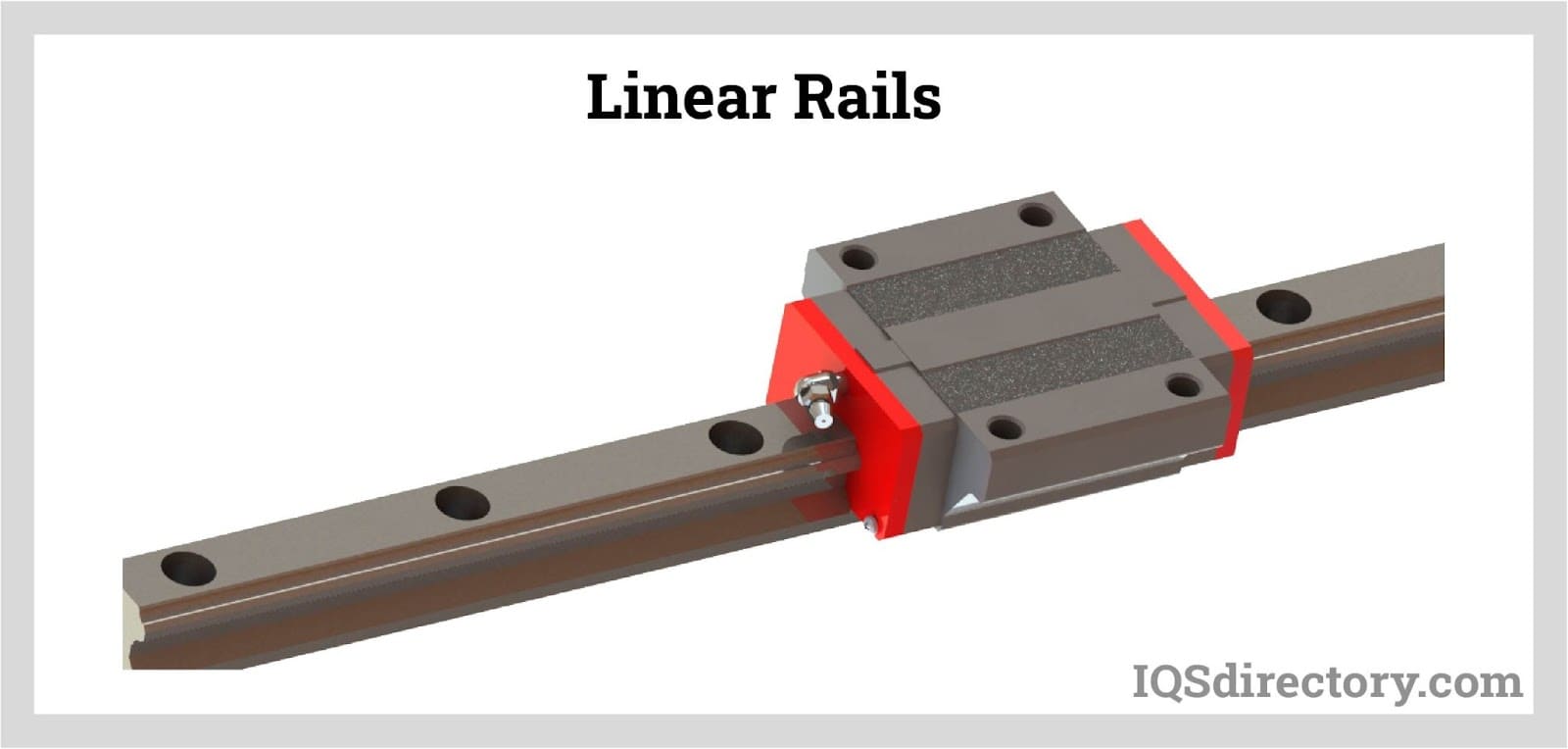
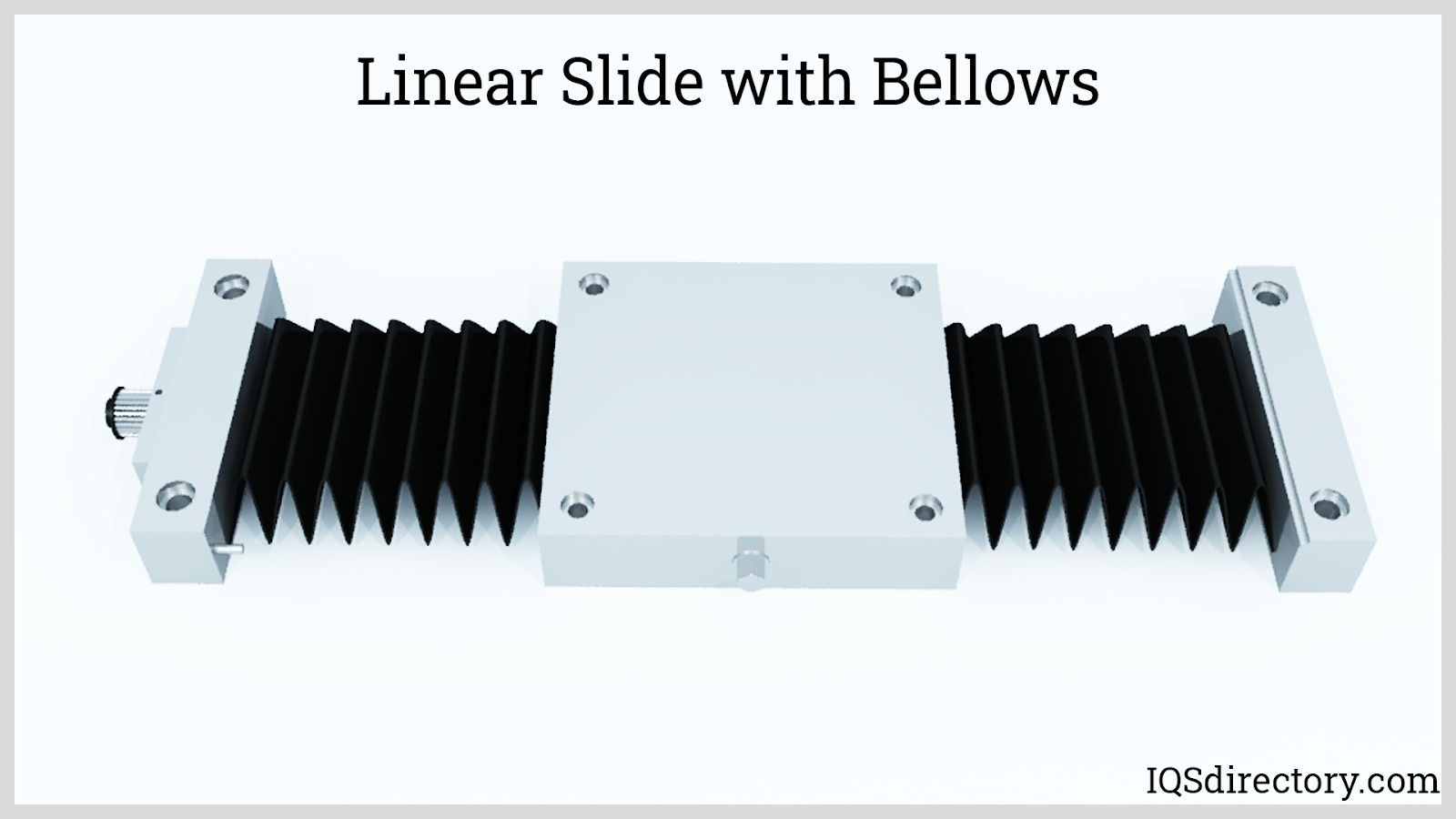
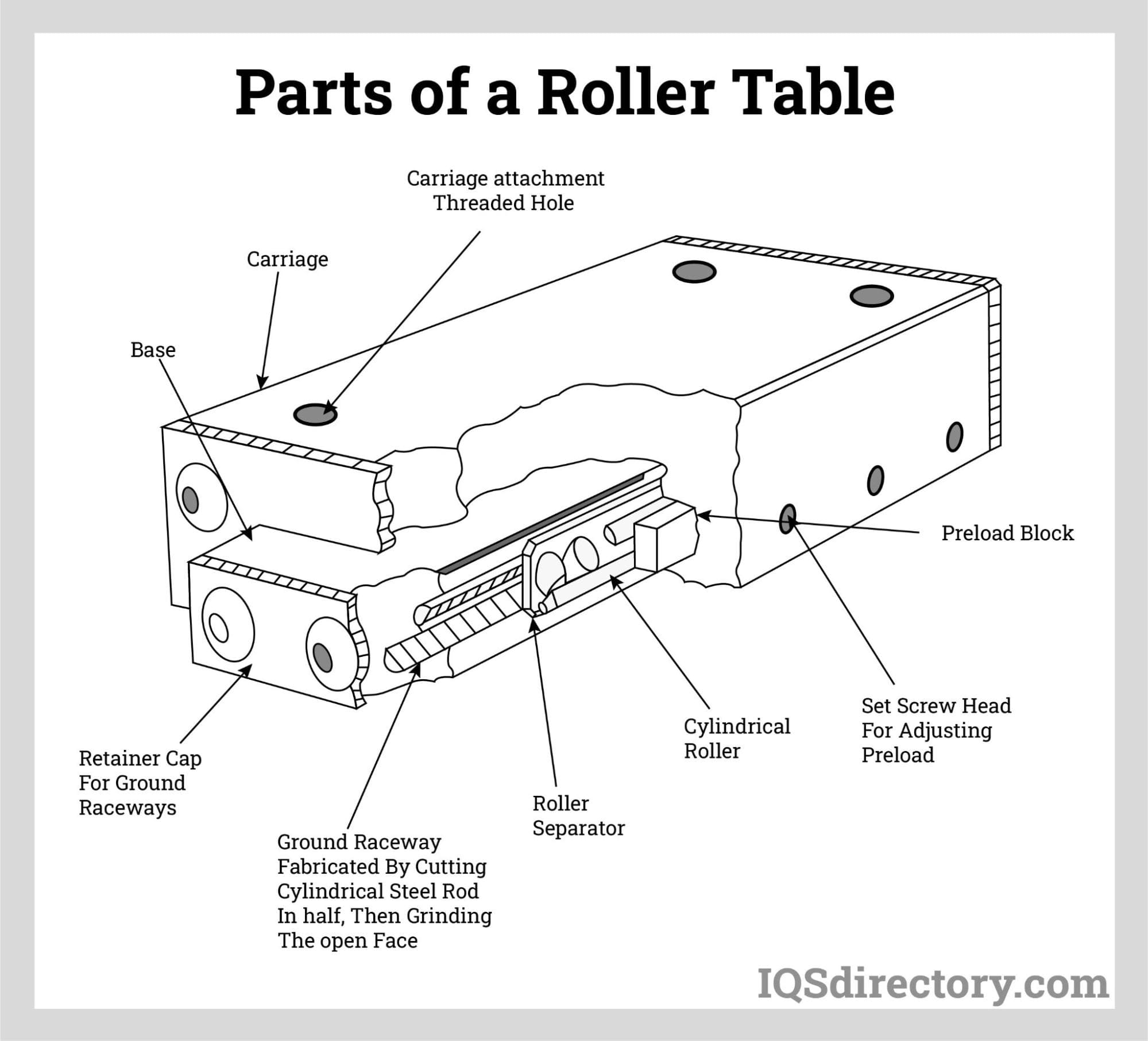
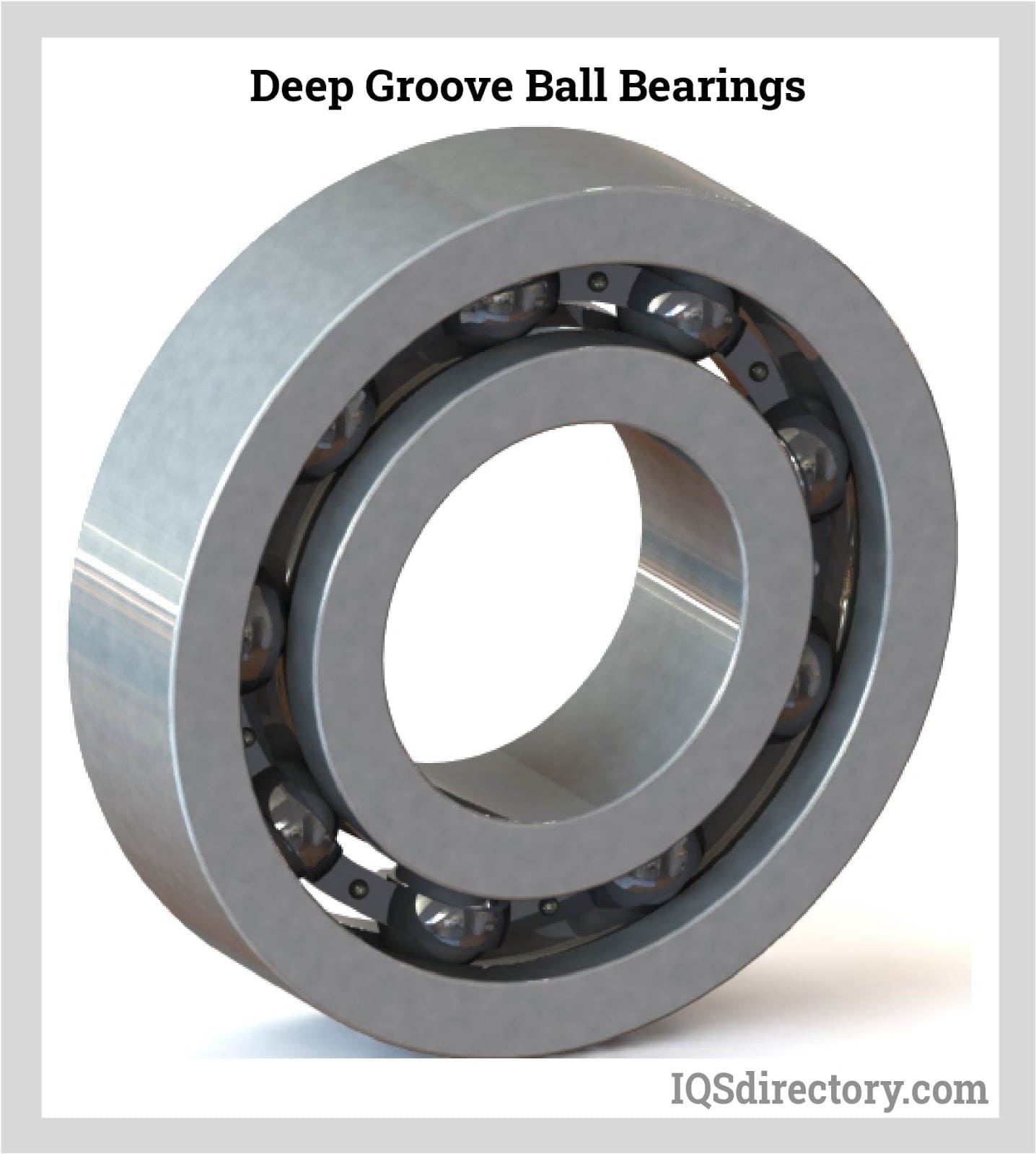
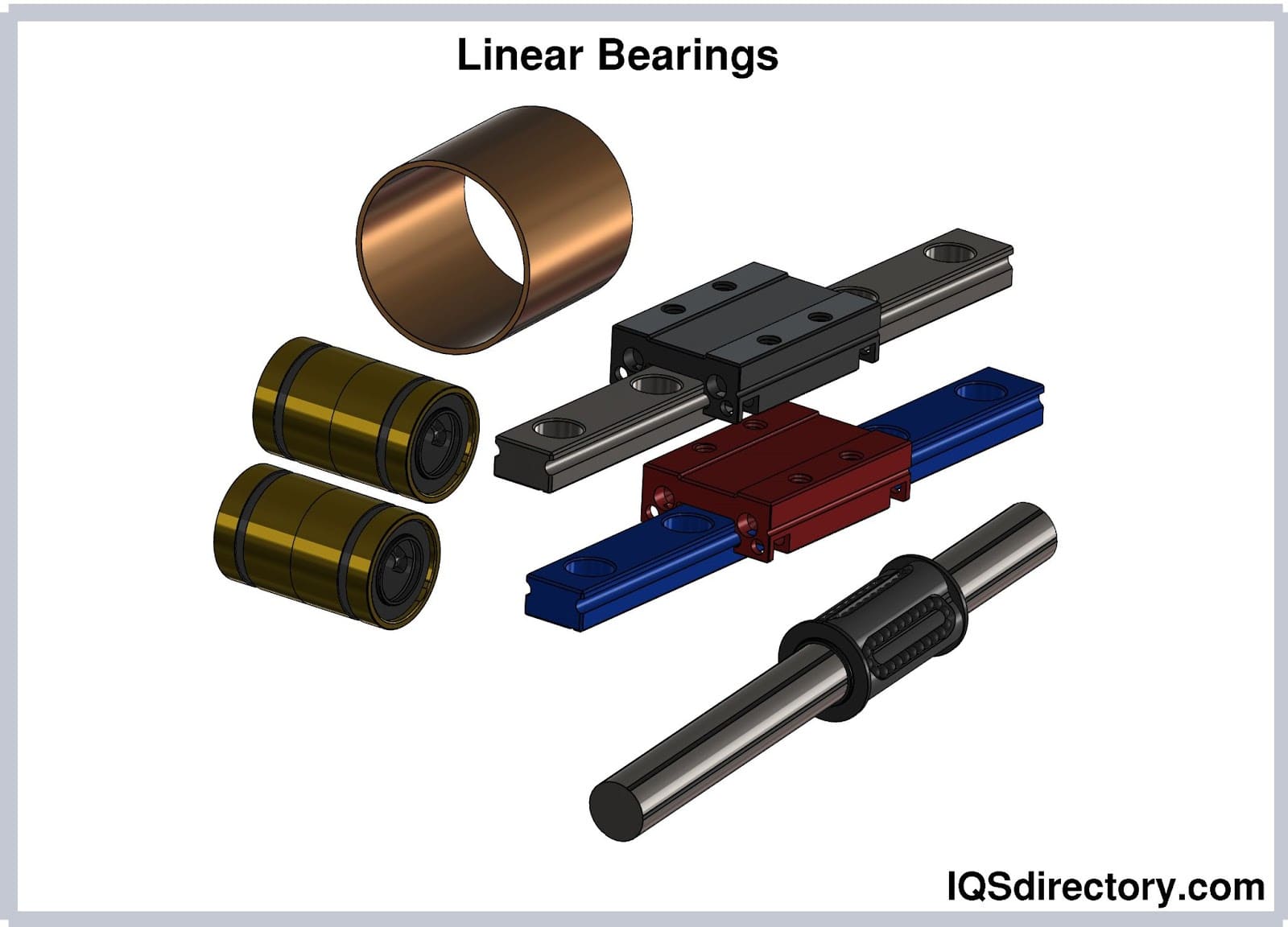
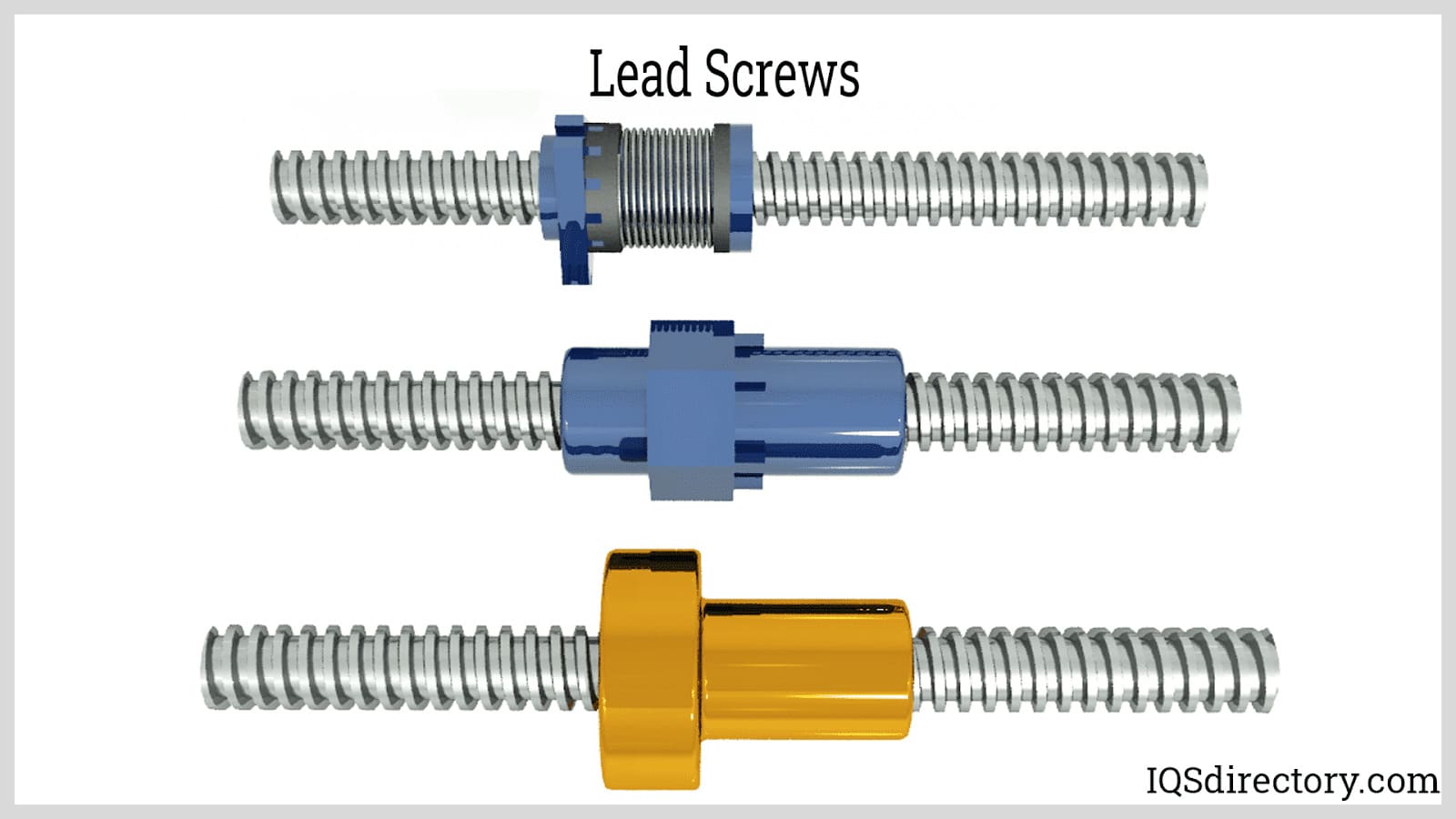
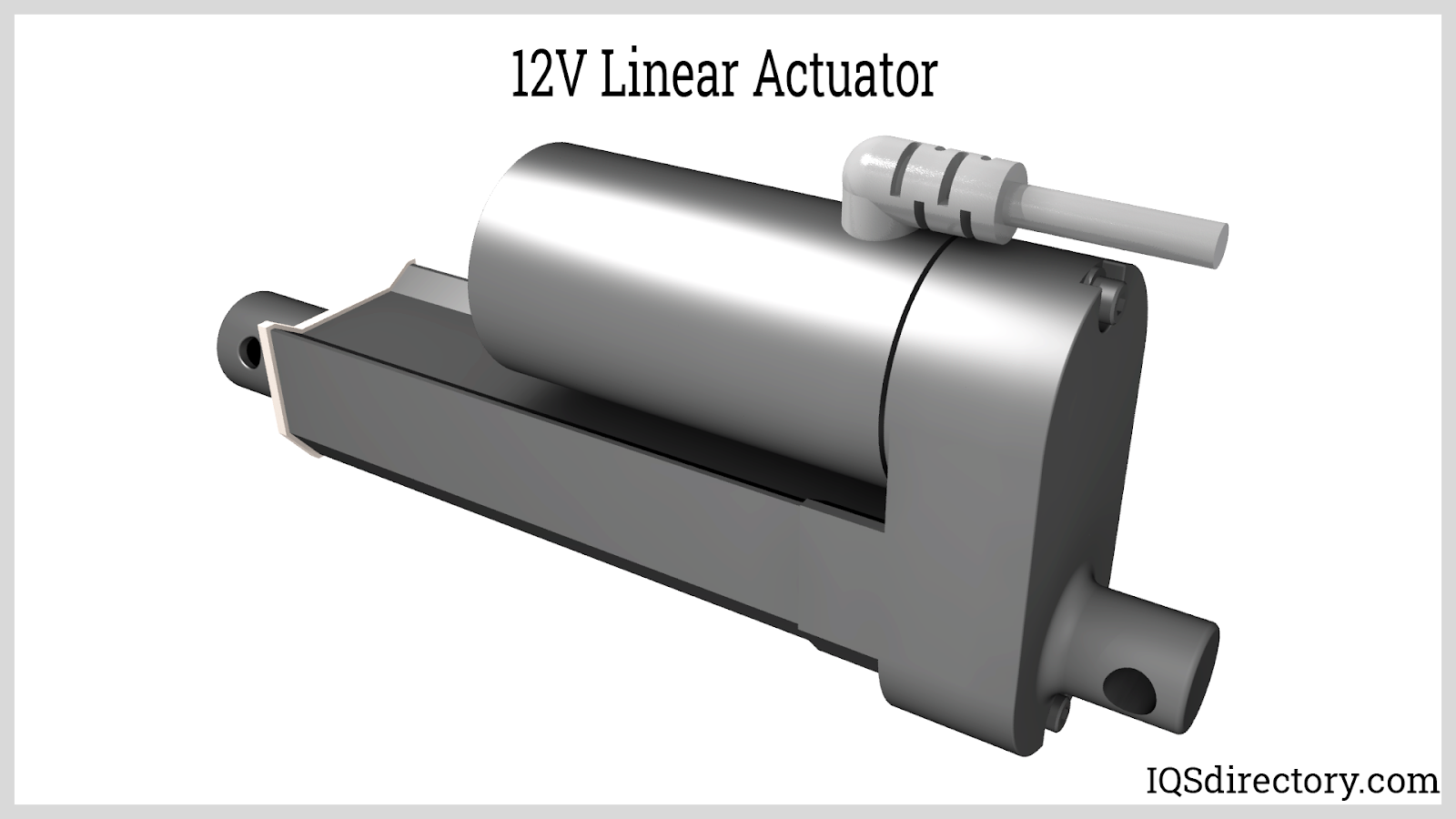
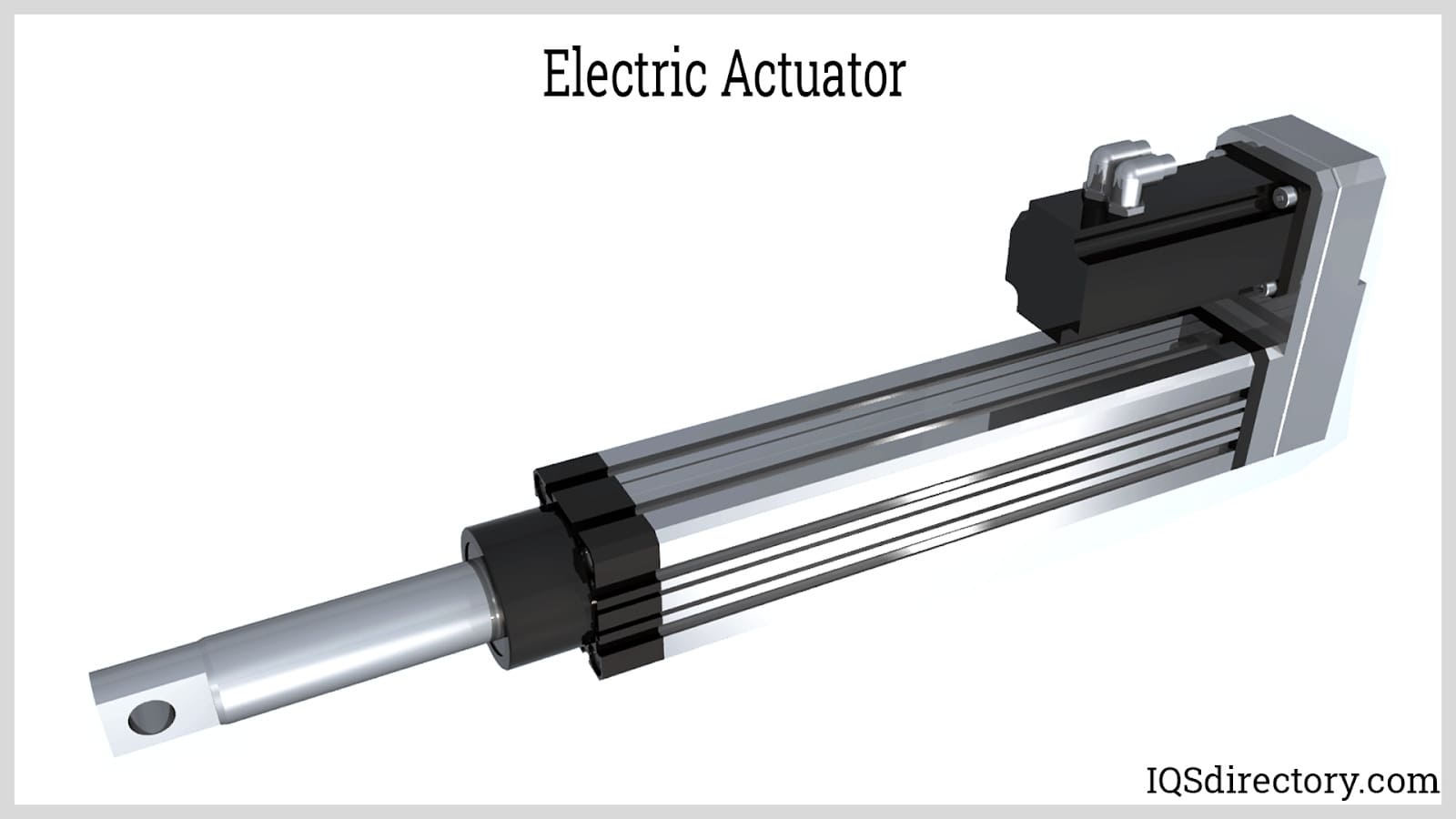
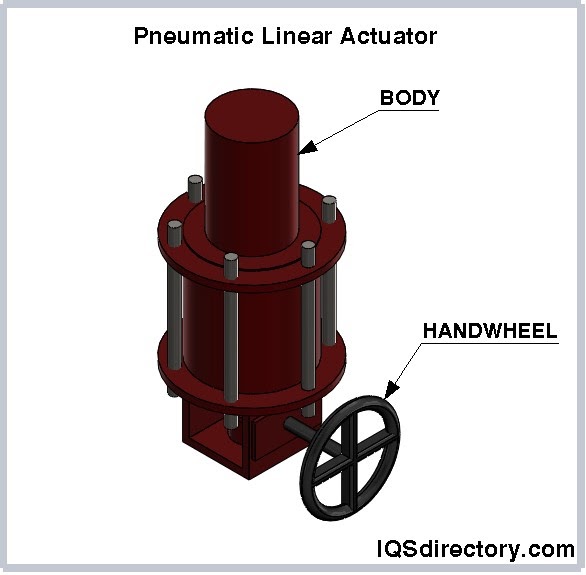
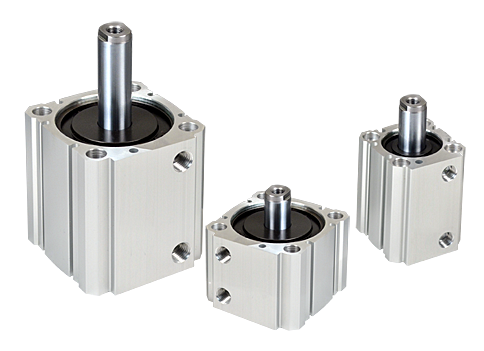 Air Cylinders
Air Cylinders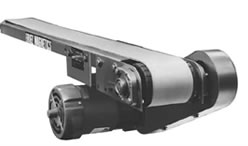 Assembly Machinery
Assembly Machinery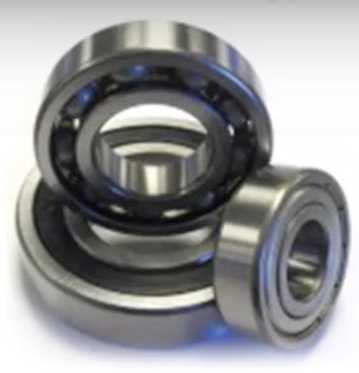 Ball Bearings
Ball Bearings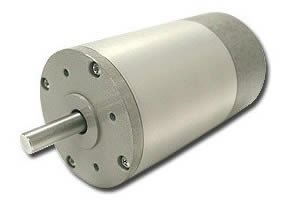 Electric Motors
Electric Motors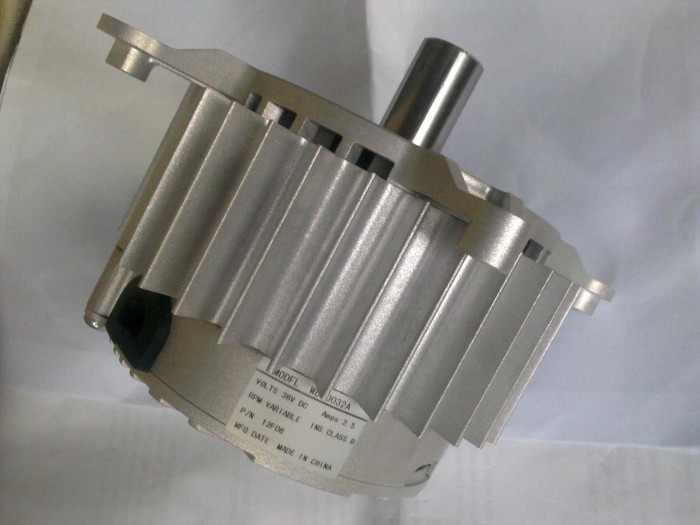 Fractional Horsepower Motors
Fractional Horsepower Motors Friction Materials
Friction Materials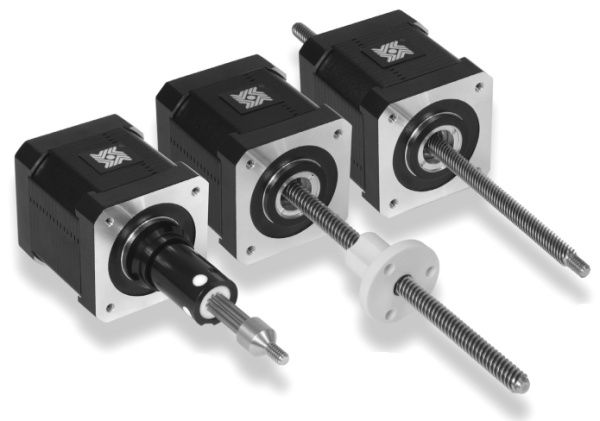 Linear Actuators
Linear Actuators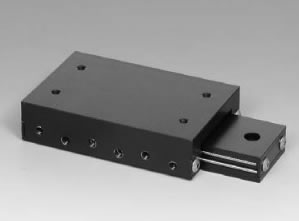 Linear Bearings
Linear Bearings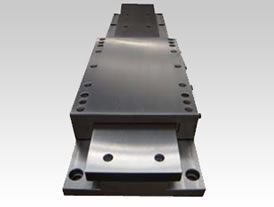 Linear Slides
Linear Slides Castings & Forgings
Castings & Forgings Bulk Material Handling
Bulk Material Handling Electrical & Electronic Components
Electrical & Electronic Components Flow Instrumentation
Flow Instrumentation Hardware
Hardware Material Handling Equipment
Material Handling Equipment Metal Cutting Services
Metal Cutting Services Metal Forming Services
Metal Forming Services Metal Suppliers
Metal Suppliers Motion Control Products
Motion Control Products Plant & Facility Equipment
Plant & Facility Equipment Plant & Facility Supplies
Plant & Facility Supplies Plastic Molding Processes
Plastic Molding Processes Pumps & Valves
Pumps & Valves Recycling Equipment
Recycling Equipment Rubber Products & Services
Rubber Products & Services